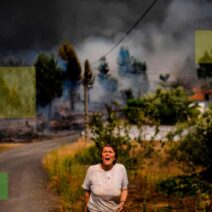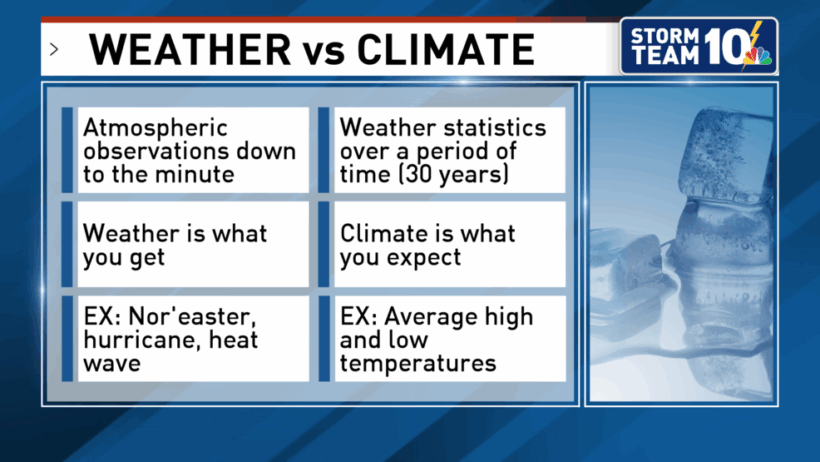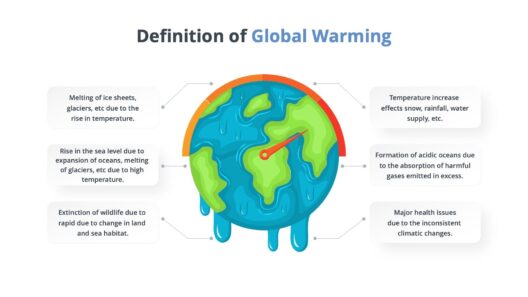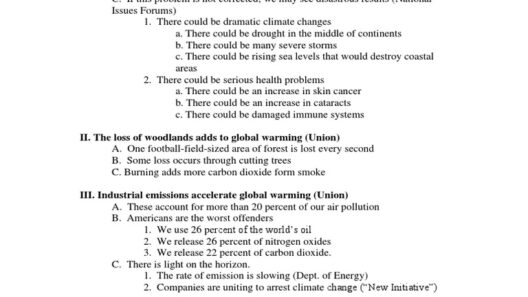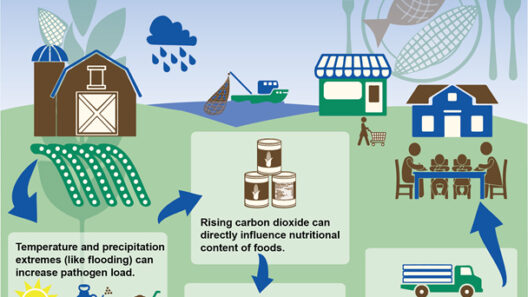Have you ever stepped outside and thought, “Wow, it’s a chilly 50 degrees today,” only to hear someone else say, “I can’t believe we’re going to experience a record-breaking heat wave this summer”? This playful exchange brings about a fundamental question: what’s the difference between weather and climate? It’s a question that not only intrigues the curious minds but also invites us to consider the broader implications of these two concepts for our environment and future.
To tackle this query, we must embark on a journey exploring the definitions, characteristics, and impacts of weather and climate, while also highlighting the crucial dialogue between the two.
The Essence of Weather
Weather is the atmospheric state at a specific time and place. It encompasses the variables we can observe daily—from temperature and humidity to precipitation and wind speed. Think of weather as a mood; it can be tempestuous, tranquil, unpredictable, or stable. Weather changes from moment to moment, reflecting short-term atmospheric conditions. For instance, a bright sunny morning can quickly give way to a torrential downpour in the afternoon. This ephemeral quality makes weather highly variable.
Typically measured over hours or days, weather is influenced by myriad factors like geographical location, elevation, and even human activity. For instance, urban areas usually experience the urban heat island effect, which can elevate local temperatures in contrast to surrounding rural areas. This volatility in weather patterns necessitates the constant monitoring by meteorologists, who use a variety of tools—from satellites to weather stations—to forecast upcoming changes.
The Landscape of Climate
While weather is fleeting, climate is the long-term average of weather patterns observed over extended periods, typically 30 years or more. It represents the overarching trends and tendencies that characterize a particular region. For example, while a city may experience a random snowstorm one winter, its climate may classify it as predominantly warm and dry overall.
Understanding climate is integral for recognizing the stability or disruption within ecosystems and human systems alike. Climatologists study patterns of temperature, precipitation, and other climatic elements to inform predictions about shifts that might occur due to both natural variations and anthropogenic influences. When we discuss terms like “continental climate” or “tropical climate,” we are referring to distinct climate zones that encapsulate expected weather behavior in those regions throughout the seasons.
The Interplay: Weather and Climate
So, how do these two entities interact? Imagine a dance between them: weather does the cha-cha, swift and lively, while climate holds steady with a waltz, graceful and enduring. Weather can certainly reflect the patterns dictated by climate, but it can also deviate from those norms, leading to events such as unusual cold snaps in milder climates or unexpected heatwaves in traditionally cooler regions.
As our climate continues to shift due to global temperature rises precipitated by human actions, we see an emerging disparity where the variability of weather may intensify. This precarious state poses an intriguing challenge for societies worldwide, pushing us to adapt to the realities of both evolving weather patterns and shifting climate norms.
Implications for Society
The differences between weather and climate extend far beyond the realm of terminology. Our understanding—or often, misunderstanding—of these concepts shapes how we respond to environmental phenomena. When individuals conflate weather with climate, it may lead to misconceptions about the ongoing impacts of climate change and hinder effective policymaking.
For instance, a long bout of cold weather may lead some to downplay the urgency surrounding climate change, misusing local weather anomalies to debunk the threats of a warming world. This miscalculation can yield dangerous consequences, particularly when adaption strategies need to be implemented swiftly.
Furthermore, from agricultural planning to disaster preparedness and public health, the differences between these two facets play a critical role in long-term strategies. Farmers depend on climate patterns to determine crop viability, while city planners and public health officials analyze both weather and climate data to make informed decisions regarding infrastructure and health initiatives.
Engaging with the Future: What Can We Define as Normal?
In conclusion, as we delve deeper into the intricate dance between weather and climate, it is essential to evolve our understanding. Recognizing the fine line between the fleeting nature of weather and the enduring rhythms of climate can empower individuals and communities to respond thoughtfully as our planet continues to change. The question arises: how do we navigate this complex relationship going forward? Will we heed the signs laid before us and challenge the definitions of “normal” in both weather patterns and climatic expectations? The future is uncertain, but one thing is clear: the dialogue between weather and climate is crucial for a sustainable and resilient world.

